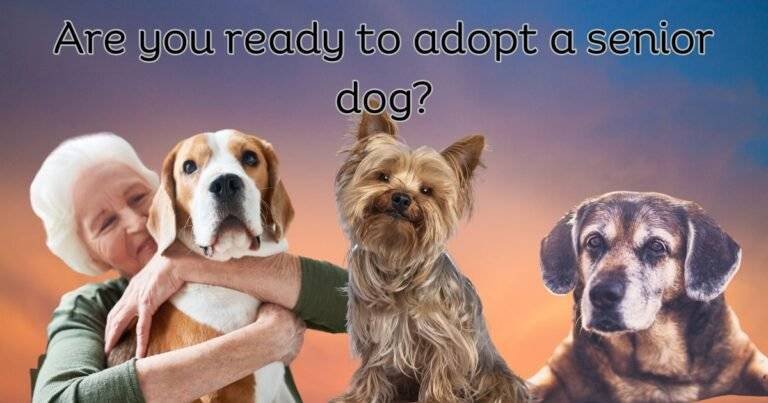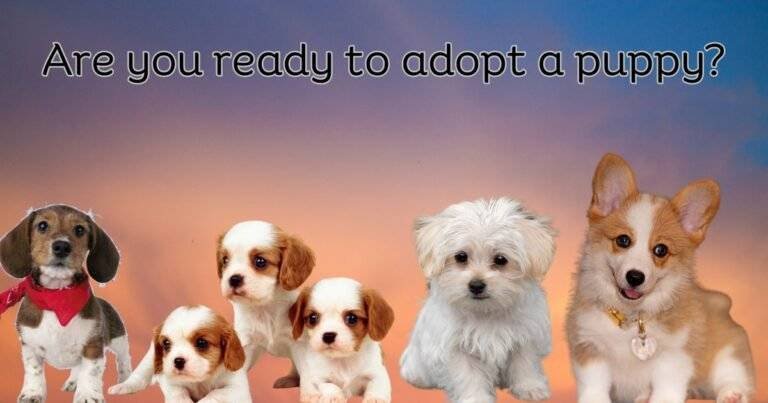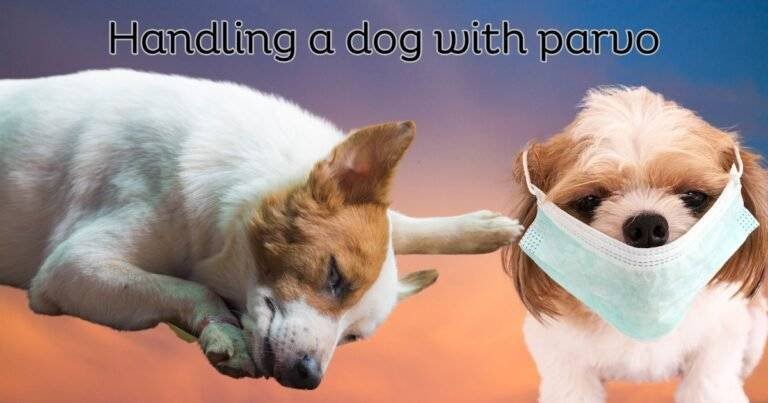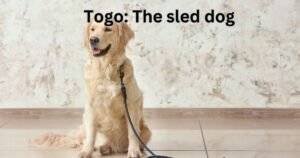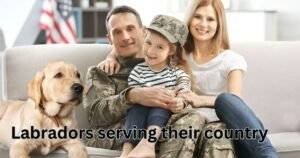Picture the time when you and your dog, Fido were taking a stroll across the park. Everything is lovely until Fido notices a squirrel racing up a tree and spoils the mood. In an instant, he’s gone from being a docile pup to dragging you after him like a sled canine while he races after the evasive animal.
As a dog guardian, you’ve probably had a similar experience at some point. Keeping your dog’s focus and obedience even in the presence of distractions can seem like an insurmountable task, but have no fear! The innovative method of teaching known as Bubble Theory Dog training has been creating quite a stir in the canine education community.

Why should you opt for bubble theory dog training in the first place?
Dogs can learn new behaviors and basic commands in a fun and novel way with the help of bubble training. Instead of using instructions, penalties, or dominance to educate your dog, bubble training encourages you to build a “bubble” of mutual understanding and communication. The ideas of empathy, positive reinforcement, and mutual respect are the basis of this strategy. Let’s understand the nitty-gritty of bubble theory dog aggression.
Knowing How Your Dog Feels
Understanding and developing empathy is the first step in the bubble training for dogs. It’s meant to get people to consider the world through their dog’s eyes. Learning your dog’s basic behaviors, feelings, and body language will help you connect with him or her on a deeper level.
Reinforcement Learning:
In bubble training, positive actions are rewarded but negative ones are not punished. Dogs learn to correlate desired behaviors with desirable outcomes like food, attention, and fun. By encouraging good behavior, you encourage your dog to repeat it.
Express Yourself Clearly:
The “bubble” you create includes rules and boundaries that you communicate through verbal cues, body language, and hand signals. This makes it easier for your dog to grasp the various behaviors you expect from them.
Faith and Confidence:
The basis of bubble method dog training is developing your dog’s trust in you. The link you share with your pooch can be strengthened via a commitment to pleasant interactions and the establishment of a stable, routine setting. When a dog likes and trusts their owner, they are more inclined to cooperate.
Manage the Environment:
To prevent undesirable behavior, environmental management is a common component of bubble theory dog aggression. You can set your pup up for achievement and reduce the likelihood of misbehaving by using baby barriers, leashes, and crates.
Real World benefits:
The benefits of bubble theory dog training extend beyond the training area and home. It promotes behavior practice in real-world settings, in the presence of increasing distraction and difficulty. This aids in making your dog’s training more applicable from one setting to another.
Being More Patient:
In bubble training for dogs, consistency is paramount. Consistency in training and expectations for conduct is essential for the well-being of your dog. You’ll also need patience, as every dog is different and develops skills at its rate.

Adaptability:
Bubble training can also be modified to meet the needs of dogs of varying ages, sizes, and personalities. Your dog’s unique temperament, energy level, and difficulties can all be taken into account for a more tailored training experience.
Using bubble theory dog training for reactive dogs
Reactive dogs can benefit greatly from using bubble theory for reactive dogs. Dogs with reactive behavior have an extreme reaction to common or unusual stimuli like other canines, people, or new situations. Barking, lunging, and snarling are common responses to what they believe to be threats or triggers. Reactive dog behavior can be better managed and enhanced by the application of bubble theory for reactive dogs since the emphasis is on empathy, communication, understanding, and trust-building.
How the concept of “bubbles” can help with reactive dogs:
Knowing How an Aggressive Dog Feels
Using bubble theory for reactive dogs, you should first try to put yourself in your reactive dog’s shoes. Keep in mind that their acts are frequently motivated by insecurity, worry, or regret over the past. The best way to understand your dog’s perspective is to put yourself in their shoes.
Making a Protective Bubble
The goal of “bubble theory dog training” is to provide your dog with a secure and routine environment. A dog with a reactive behavior has to have their trigger exposure carefully controlled. Create a physical barrier (the “bubble”) between your dog and the triggers by using items like leashes, harnesses, muzzles, or fences.
Reinforcement Learning
Calm behavior should be encouraged and rewarded. Reward your dog with appreciation, treats, or toys when he shows restraint after being exposed to a trigger. Your dog will learn that good behavior leads to desirable results by doing this.
Express Yourself Clearly
Interact with your dog using clicker training, hand signals, or consistent verbal cues. Train them to listen to you by teaching them to say things like “focus” or “leave it” when they encounter a trigger. Make sure that you do not poison the cues. When one cue has been designated with an action, only that cue/command must be used and not changed.
Progressive Exposure
Expose your dog to his specific triggers gradually under close supervision. Get far enough away so they may relax, then approach them more closely as they warm to you. It’s important to go at your pooch’s pace during desensitization so they don’t experience any undue stress or develop any unwarranted reactions.

Perseverance and tolerance
When dealing with reactive dogs, bubble training for dogs emphasises that consistency is key. Maintain consistency and patience during the duration of training. The results may take some time to show, but that persistence will pay off in the end.
Get Expert Advice
Get help if you need it. A professional dog behaviorist or trainer who has experience with reactive dogs should be consulted for severe cases of reactivity or if you feel overwhelmed. They will direct you, help you design a program that is unique to your dog’s needs, and watch out for your safety as you train your dog.
Emphasis on Trust-Building
Because of their previous negative experiences, reactive dogs generally do not trust their owners. According to bubble theory dog training, trust is best established through pleasant encounters in a secure setting. Avoid using punishment in your dog’s training as it will only serve to further undermine trust between you. Take small steps and don’t push your dog too much.
Why is the bubble theory dog training a smart choice for teaching your dog?
The bubble method, also referred to as Bubble Theory Dog teaching, is an excellent and compassionate choice for teaching dogs because of its many benefits. Key benefits of using the bubble approach for dog training include:
Reinforcement Learning:
To encourage good conduct, the bubble method dog training uses positive reinforcement strategies like rewards, such as food, attention, and playtime. This method is more effective than punishment-based approaches while also being less stressful for dogs. It encourages canines to keep doing the things that get them treats.
Compassion and Awareness:
Bubble theory for reactive dogs teaches guardians to recognize and feel their dogs’ emotions and intuition. By putting yourself in the dog’s shoes, you’ll be able to train more effectively and build a stronger bond with your pet.
Bonding
The bubble training for dogs is predicated on establishing a solid relationship of trust and mutual respect between you and your dog. When a dog is comfortable and confident with his or her owner, it is more amenable to following directions. This method promotes a more respectful and caring connection between partners.
Customization
The bubble theory dog training is flexible and may be modified to meet the needs of dogs of all sizes, ages, and temperaments. You may tailor the training to your dog’s specific personality and demands thanks to this adaptability.
Altering One’s Conduct
The bubble approach is helpful for dogs with temperamental, behavioral, or reactivity concerns. It’s useful for getting dogs to follow directions in difficult situations by addressing underlying emotional causes and working on them.
Reduces Anxiety
Stress and anxiety brought on by punishment-based training approaches can lead to hostile or scared behavior in dogs. By emphasizing positivity and providing a secure setting as part of bubble theory dog training, the bubble method dog training helps dogs feel at ease and develop self-assurance.
Future Impact:
The goal of the bubble approach is not short-term progress, but rather permanent shifts in behavior. It may take more work at first, but in the end, you’ll have a happy, well-behaved dog.
Helping aggressive dogs with bubble theory Dog Training
Understanding canine conduct, empathy, and finally, positive reinforcement are all emphasized in bubble theory, making it a potentially useful method for dealing with aggressive dogs. There are many different manifestations of dog aggression, including but not limited to aggression against other dogs, people, and even environments. To combat dog aggression, try using bubble theory in the following ways:
Find Out What’s Going On
Aggression in dogs typically results from insecurities or a need to assert territory. The first step when dealing with aggression is figuring out what triggers it. Learn more about your dog’s aggressive tendencies by keeping a close eye on his triggers, body language, and the conditions that bring him out of his shell.

Ensure a protective environment
As a part of bubble theory dog training, create an atmosphere that is both secure and manageable for your dog. To keep your dog safe, you may need to use fencing, muzzles, or leashes. To lessen the risk of aggressive behavior, keep your dog away from any potential triggers.
Reinforcement Learning
Motivate and praise subdued conduct. Reward your dog with treats, praise, or toys when he or she behaves calmly around a trigger. This furthers the message that one’s actions have consequences.
Altering Conduct
Consult a dog trainer or psychologist who has experience with aggressive canines. Your dog’s specific triggers can be identified and a behavior modification plan designed to progressively introduce these stimuli while simultaneously teaching your dog new, less aggressive behaviors.
Counterconditioning and desensitization
As per bubble training for dogs, your dog will need to be progressively and safely exposed to their triggers, at first at a distance that allows them to stay calm. At the same time, you should employ reinforcement to link the trigger with pleasant experiences.
Express Yourself Clearly
Always try to communicate with your pup using regular verbal and physical cues. Bubble theory dog training involves training them to respond to orders like “leave it,” “stay,” and “watch me/look at me” to shift their focus away from potentially dangerous stimuli. In trying times, you can avoid misunderstandings by communicating clearly with your dog.
Medication and behavioral therapy
Discuss with your veterinarian or canine behaviorist is you are facing extreme hostility. They can determine if the aggressive behavior is related to medicine or other medical conditions, and offer advice.
Conclusion
In conclusion, bubble theory dog training offers a compassionate and effective approach to working with our four-legged companions. By prioritizing positive reinforcement, empathy, and trust-building, this method allows us to forge deeper connections with our dogs while fostering well-behaved and contented pets.
Whether you’re training a puppy, addressing behavioral issues, or working with a reactive or aggressive dog, bubble theory for reactive dog’s adaptable and humane principles can guide you toward success. Bubble theory dog training emphasizes on understanding your dog’s perspective, creating safe training environments, and communicating clearly and consistently to achieve lasting results.
Frequently Asked Questions
What is bubble theory in dog training?
According to bubble theory, the key to successful dog training is making the trainer seem like they’re in a “bubble” that only the two of them can see. This helps people focus and communicate more effectively.
How does bubble theory differ from traditional dog training methods?
The emphasis of bubble theory moves from punishment-based strategies to reward-based ones. The book stresses the need of developing a close relationship with the dog and rewarding good behavior.
Can bubble theory training work for all dog breeds?
Indeed, different breeds can benefit from bubble theory. The trick is to tailor your training methods to each dog’s unique requirements and goals.
How do I create a positive training “bubble” for my dog?
Keep interruptions to a minimum, reinforce good behavior with toys or sweets, and set clear expectations. A calm and attentive training atmosphere can be established with persistence, tolerance, and praise.
Is bubble theory suitable for addressing behavior problems in dogs?
Yes, bubble theory can be effective in addressing behavior issues by promoting positive interactions and reinforcing desirable behaviors. Consult with a professional trainer for personalized guidance.


